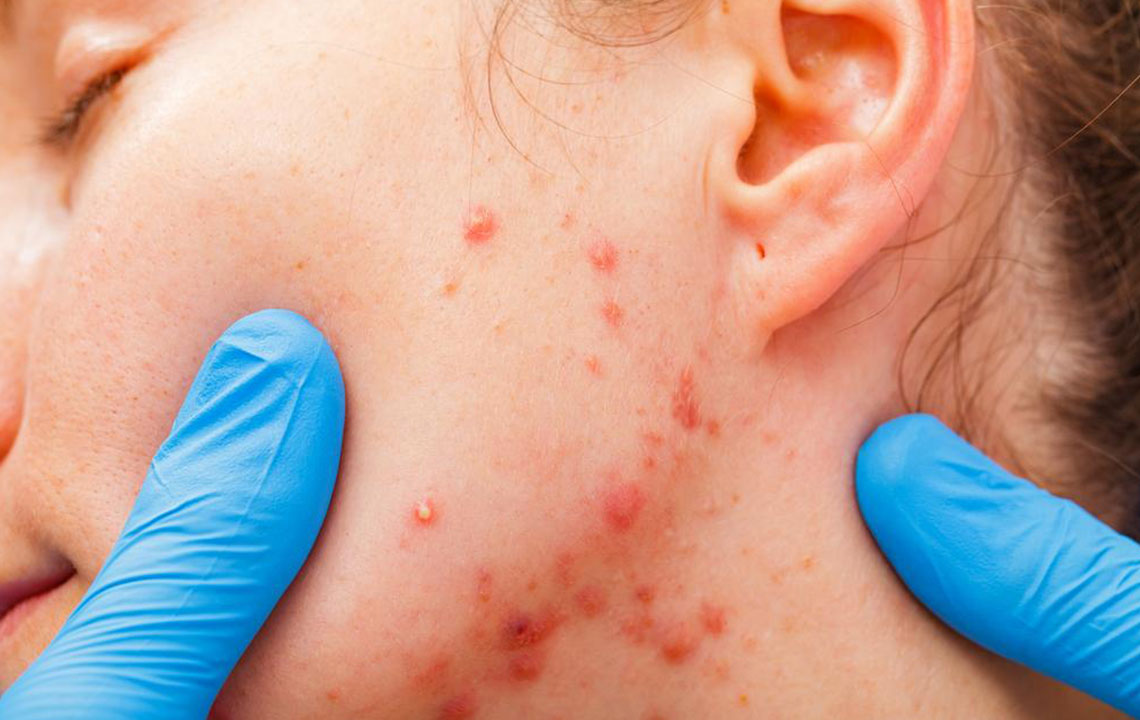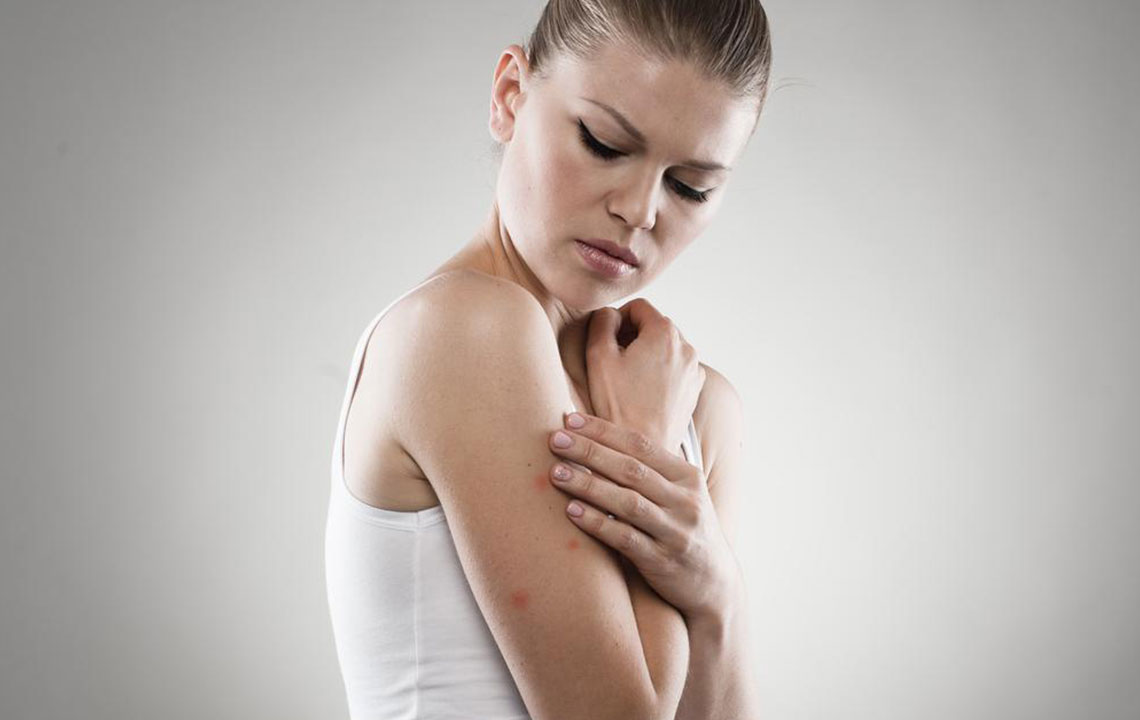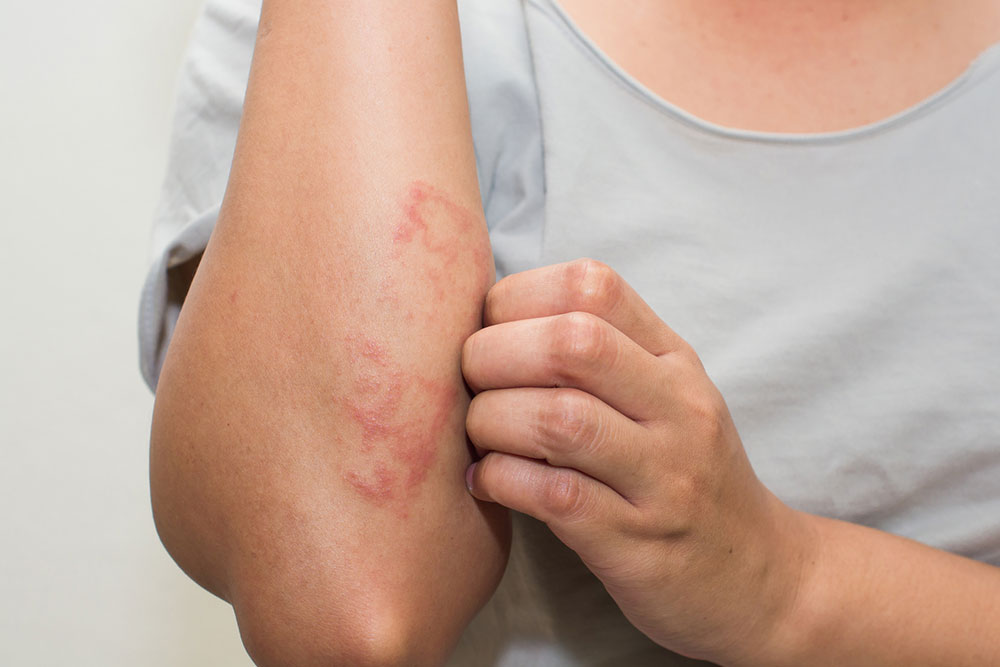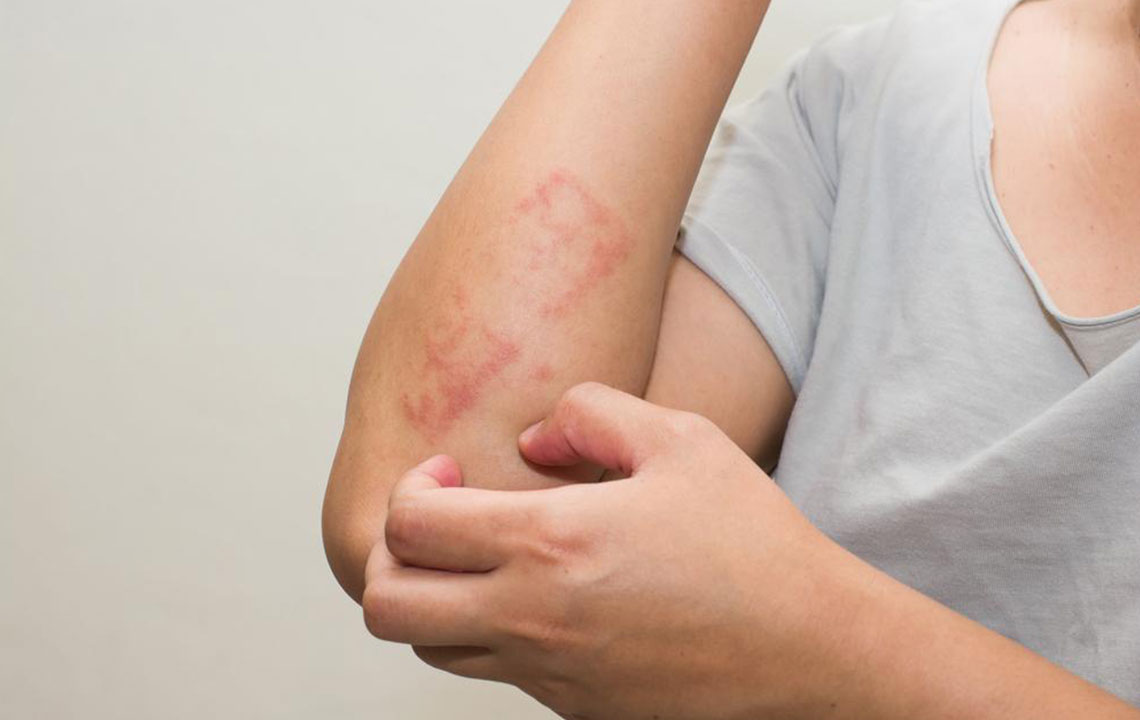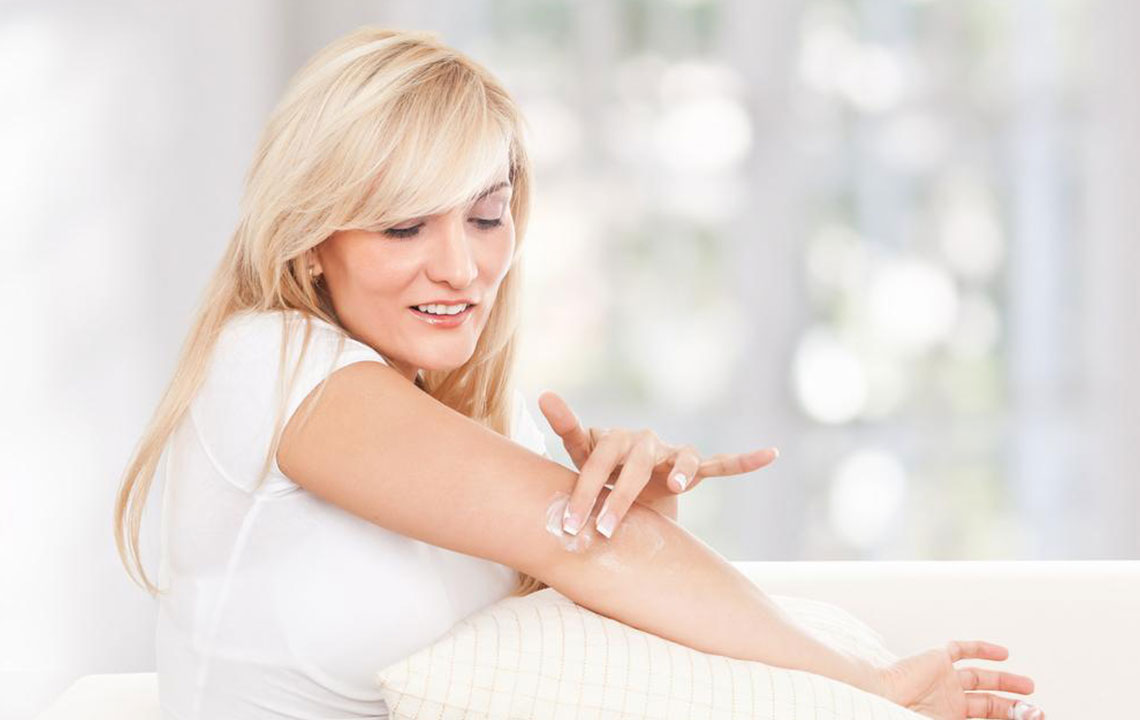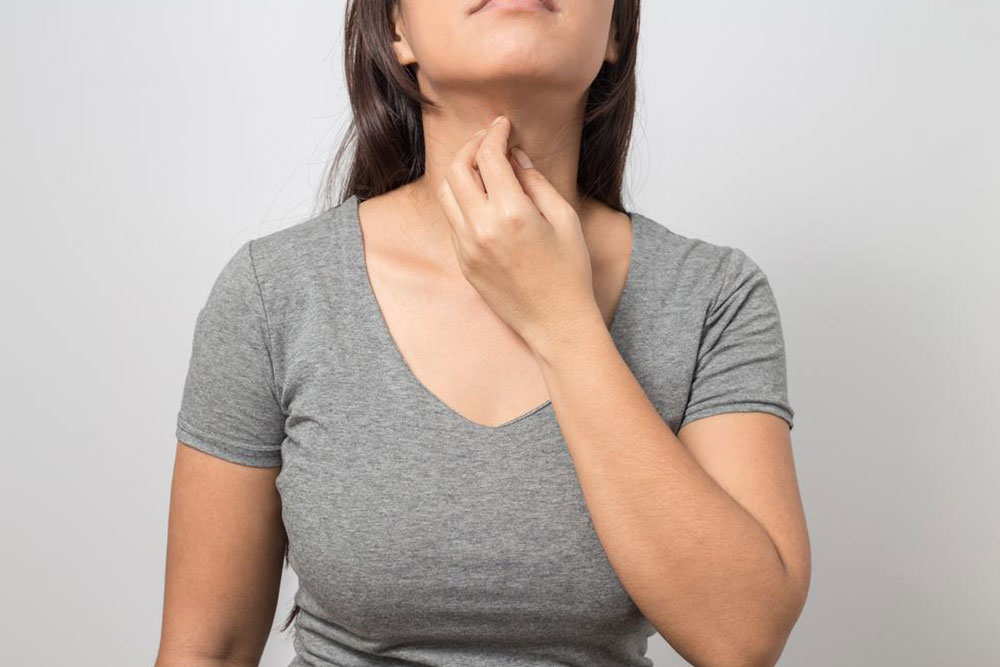Understanding Rosacea: Types and Effective Management Strategies
Rosacea is a persistent skin condition affecting millions, especially middle-aged women. It manifests as redness, bumps, and visible blood vessels, with types including erythematotelangiectatic, papulopustular, phymatous, and ocular rosacea. Although there's no cure, symptoms can be managed through lifestyle changes, topical treatments, and laser therapy. Avoiding triggers like extreme weather, spicy foods, and alcohol is crucial. Proper skincare and medical consultation are essential for effective symptom control and improved skin health.
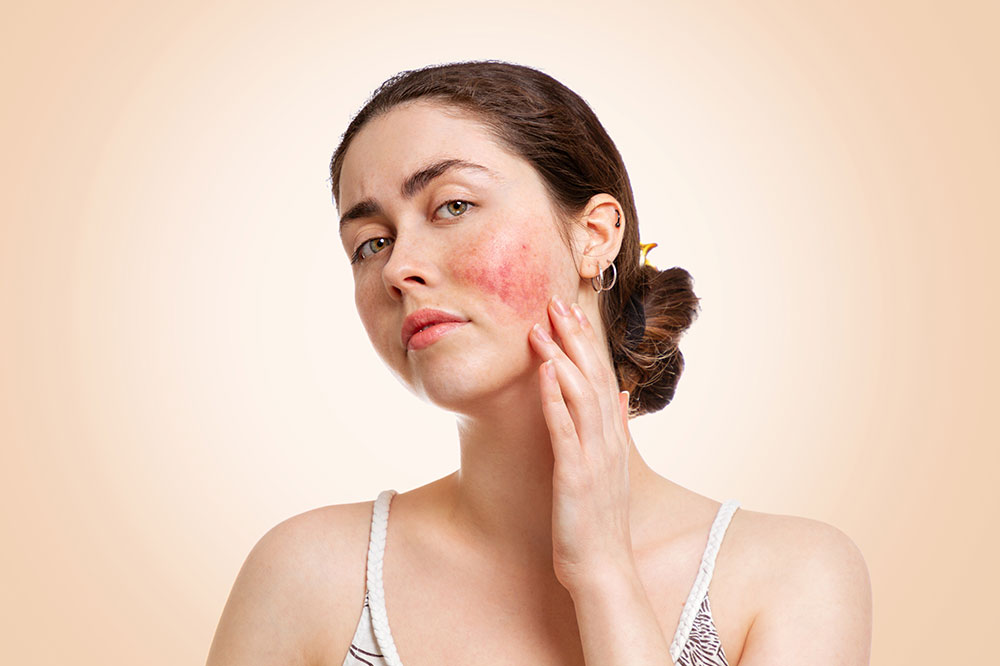
Understanding Rosacea: Types and Effective Management Strategies
Rosacea is a chronic skin disorder affecting over 16 million individuals, particularly middle-aged women. While not life-threatening, it can cause discomfort and self-consciousness. Typically, it appears on the nose, cheeks, and forehead, presenting as small, red, pus-filled bumps during flare-ups that come and go.
Categories and Origins
The American Academy of Dermatology identifies four main types of rosacea:
Erythematotelangiectatic rosacea (ETR): Characterized by facial redness, flushing, and visible blood vessels in the central face.
It can cause skin sensitivity, swelling, dryness, and rough patches.
Papulopustular rosacea: Features redness, swelling, and acne-like bumps, with oily, sensitive skin and prominent blood vessels.
Phymatous rosacea: A rare form mostly affecting men, leading to thickened, bumpy skin, enlarged pores, and visible blood vessels, often on the nose, chin, or forehead.
Ocular rosacea: Focused around the eyes, causing redness, dryness, burning, itching, vision issues, and blood vessels on the eyelids.
The precise cause remains unknown but is believed to involve facial blood vessel issues, genetics, and skin sensitivity. Triggers include extreme weather, exercise, emotional stress, spicy foods, alcohol, and hot drinks.
Management Approaches
While there’s no cure for rosacea, symptom relief is possible through lifestyle modifications and medications. Topical creams reduce redness and inflammation, used daily alongside oral antibiotics for faster results. Laser therapy targets visible blood vessels, diminishing redness. It’s important to use gentle, water-based skincare products, avoiding irritants like alcohol, menthol, and harsh exfoliants. Avoid triggers such as sunlight, stress, spicy foods, and alcohol. Monitoring diet and skincare can help manage flare-ups effectively. Consulting a healthcare professional ensures personalized treatment plans.

